
Comuna Castilla is not well-known by name, but if you’ve ever been to the Terminal del Norte (Northern Bus Terminal) to grab a bus to Guatape, Bogotá or the Caribbean coast, you’ve been there.
In an effort to continuing getting to know the city via its individual comunas, I recruited one of my oldest Colombian friends, Henry, who lives in Castilla to show me around.
He suggested we go out on a Saturday night, as the nightlife is a highlight of Castilla.
He invited one of his friends, and I invited two of mine, but before I share what we found, let’s take a quick look at the comuna’s demographics, geography and history.
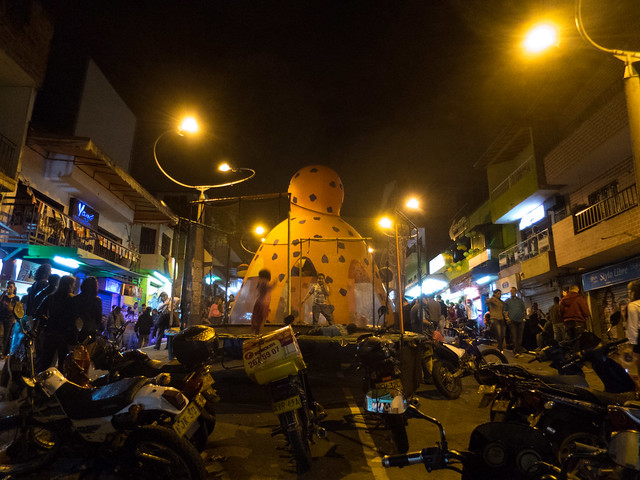
Demographics
According to 2013 government statistics, Comuna 5 is home to a little over 147,000 people, 45 percent of whom are ages 15 to 44.
The majority of residents fall into strata 3 (on a scale of 1 to 6), making it mostly middle class, with the remainder falling into lower strata.
Castilla is mostly residential, running along the western side of the Medellín River with Bello to the north, Comuna 12 de Octubre to the west (this is a no-go area), and Comuna Robledo to the southwest.
Three metro stations can be found along its border with the river, including Caribe (which provides direct access to Terminal del Norte), Tricentenario, and Acevedo (transfer point for the metrocable to Santo Domingo).

Recent History
Development in Castilla began without a plan. In the 1950’s, slaughterhouses and factories began to be established in the Castilla and Caribe neighborhoods.
In 1957 and 1958, this construction, along with the northern highway and Plaza de Ferias began to attract more residents.
In the 1960’s, additional projects including industrial plants, Hospital La María y la Carretera al Volador (today Carrera 65) contributed further to the increasing population.
Today, Castilla’s location ensures it continues to play an important role in terms of transportation in and out of the Medellín valley for both tourism and commercial purposes.

Points of Interest
From a tourism perspective, there’s not much to see in Castilla itself, but it’s an important transit point like Guayabal.
Terminal del Norte (Northern Bus Terminal)
Accessible via a pedestrian bridge from the Caribe metro stop, the Terminal del Norte serves routes to the northern and easter parts of Colombia, including the Caribbean coastal cities of Cartagena, Barranquilla and Santa Marta, as well as cities like Bogotá, and pueblos in northern and eastern Antioquia, like Guatape.
If you want to go paragliding, you’ll go here to catch a bus toward San Felix.
Juanes Parque de la Paz (Juanes Peace Park)
Thanks, in part, to the support of Grammy-winning Colombian singer Juanes (through his Fundación Mi Sangre), the city developed a large swath of land near the Tricentenario metro station to be used for recreational purposes.
Opened in 2007, the park includes 4,000 square meters of green space, including 800 trees, sidewalks for walking and cycling, jogging trails, an outdoor theater, and computers.
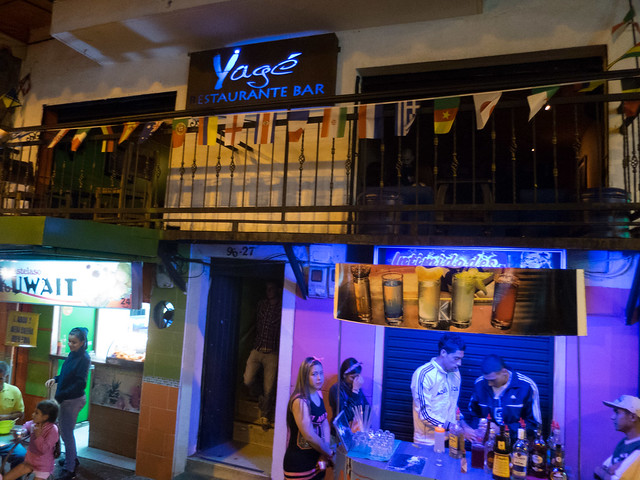
Nightlife
Returning to our big Saturday night out in Castilla, we met up at Iglesia San Judas at Carrera 68 and Calle 98. From there, we walked down Carrera 68, which turns into the comuna’s Zona Rosa, or main nightlife district.
It was still early, a little past 8 p.m., so we were there as the community transitioned from day to evening activities. Shops and small grocery stores were closing, and bars were starting to open up.
Vendors were setting up their stalls for a street market, a regular occurrence the third Saturday of every month. There was even a small stage with a red curtain, waiting for a marionette show to take place.
Henry had warned me ahead of time that in terms of dining, the focus was on street food and comidas rapidas (fast food) like what you’d find on La 70 near Estadio.
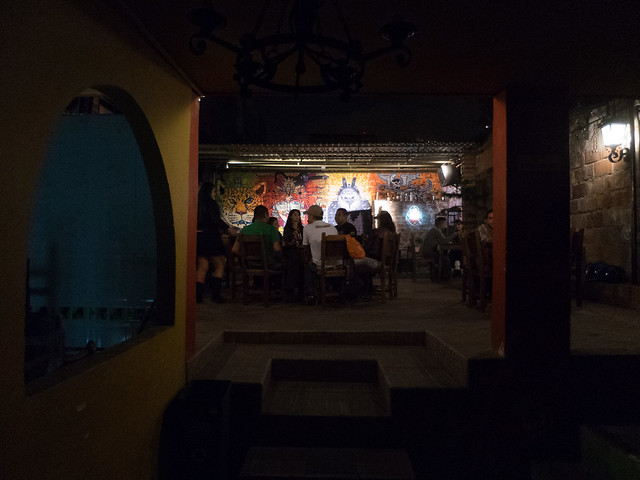
Unfortunately, the restaurant Henry wanted to take us too had closed. As we continued walking, I noticed Yagé Bar (Carrera 68 #96-27).
We went inside to check it out, but were told they weren’t offering food. Strange, considering they have “restaurante” on the front sign, but maybe they only serve food during the day, and focus on drinks at night.
I noticed a painted mural through a hallway, and at the far end of a semi-outdoor back patio. There was a small stage with a few old couches, and a bunch of tables.
Three quarters of the patio was covered in case of rain, but the remaining quarter allowed you to see a bit of sky, as well as let some fresh air in.
I knew I wanted to have a drink here later, but first, we’d have to find a bite to eat.

Henry continued asking for suggestions on the street, and one guy recommended Lucas Burger.
It sounded as good as any place, so we walked further down Carrera 68 until we found it. We took one of their outdoor tables, and opened the menus to find typical Antioquian offerings.
Henry ordered a steak served with fries and an arepa with melted cheese, while I ordered a combo deal with cheeseburger, fries and a soda for 12,300 pesos ($6.50).
As we sat and chatted, my foreign friend couldn’t help but notice all the pre-teen and teenage girls walking around in short shorts, with exposed bellies. He had a point, there were a lot of young girls out and about. It was Saturday night, after all.
He suggested you wouldn’t see that kind of dress in a major Australian city, but perhaps I’ve forgotten what the girls down in Brisbane, Sydney and Melbourne wear as it wasn’t so shocking to me.
Once we wrapped up dinner, we walked a bit further down Carrera 68, which was more of the same mix of bars and fast food restaurants, only now things were getting livelier.
Promoters were inviting us into then-empty bars, and the street food vendors were cooking up a storm.
We returned to Yagé, which had filled up in the hour and a half we’d been away, and took a table near the front, and ordered a round of beers.
I was happy to see 3 Cordilleras and Apóstol on the menu.
It quickly became clear this was a rock bar at a minimum, and as patrons continued to make their way in during our time there, I realized it also catered to a punk/alternative/metal crowd too.
Our waiter’s name was “El Gato” (The Cat).
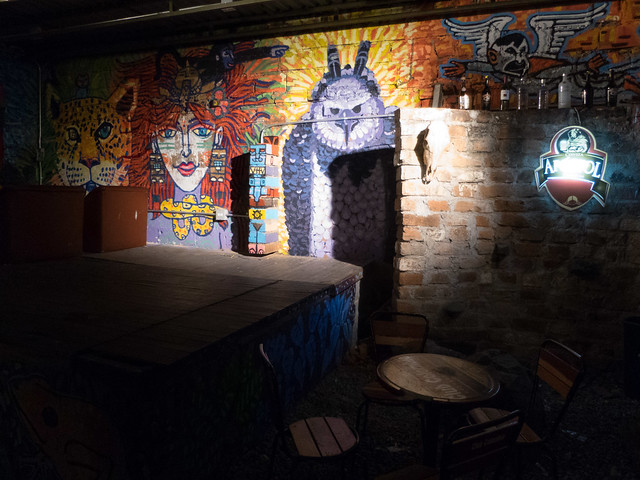
Safety
I knew Henry wouldn’t invite me to get to know Castilla with him if he felt it’d put me in any danger. Aside from confidence in my friend, there’s the city statistics which show Castilla’s homicide rate has been trending lower than the city average since 2011, with 42 homicides in 2013.
But, I still wouldn’t recommend foreigners go wandering around without a Colombian friend or two to accompany them.
Most foreigners experience with Castilla will be limited to accessing the Terminal del Norte.
One thing you have to be absolutely careful about is watching your belongings at the station, as thieves and pickpockets are known to operate there. If you’re alone, make sure you’ve always got some part of your body in contact with your belongings.
For example, if you need your hands to pay for a bus ticket at the window, put your large backpack or suitcase between your legs, so you can feel it if someone tries to snatch it away.
If you’re looking to get out of the Poblado bubble, and experience a different district with little to no gringos, Carrera 68 may be for you.
When you stop in for a beer at Yagé, say “hi” to El Gato from Medellin Living.

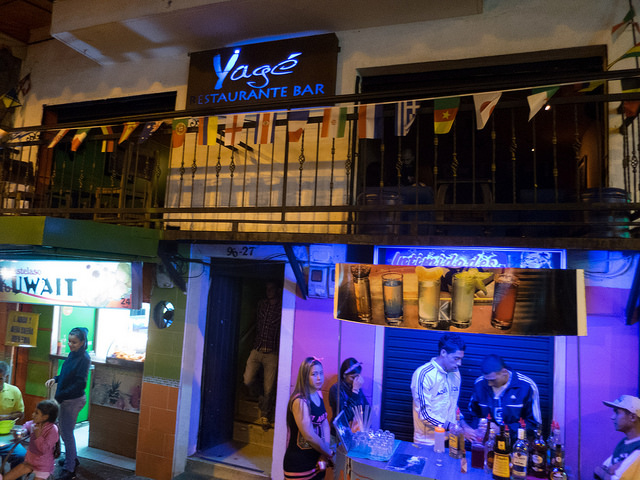

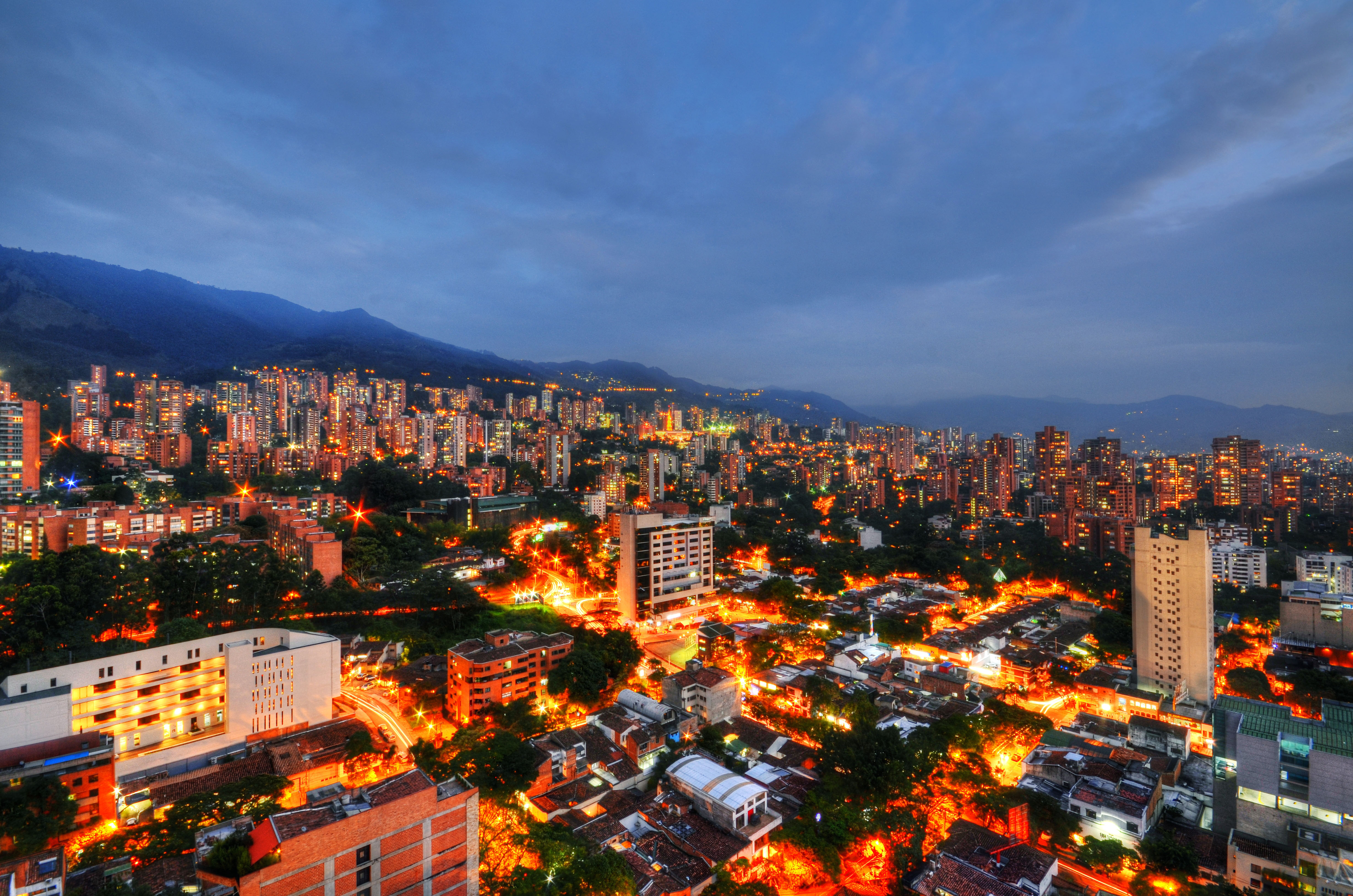

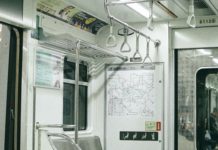






Dave in your location of Castilla you say Castilla is mostly residential, running along the western side of the Medellín River with Bello to the north, Comuna 12 de Octubre to the west (this is a no-go area), and Comuna Robledo to the east., but it sits on the south west of Castilla
Thanks for catching that mistake. I’ve corrected it to say “southwest.”
One of the most “caliente” comunas in town. Very dangerous up the hill. A few years ago, some goons shot up one of the local canchas. Sprayed the group playing and watching football with machine guns killing around 9 people for memory.
As we discuss Castilla, it’s worth noting that the Zona Rosa is lower down the hill, closer to Parque Juanes de la Paz and the river. I know Comuna 12 de Octubre is definitely “caliente” (too dangerous) to visit, so you want to keep a large margin.
Aside from the bus terminal and the nightlife street, I don’t see any reason for people to go further up the hill (and deeper into the comuna).
Hi everyone,
I’m thinking of renting an Airbnb unit for 2 weeks in Castilla ( on Carrera 68) ..Could anyone answer:
How long does it take to get there from poblado by taxi and what’s the cost of that ride?
I wouldn’t be making that trip often but would just like to know for some reference. Thanks in advance to anyone who gets back to me!